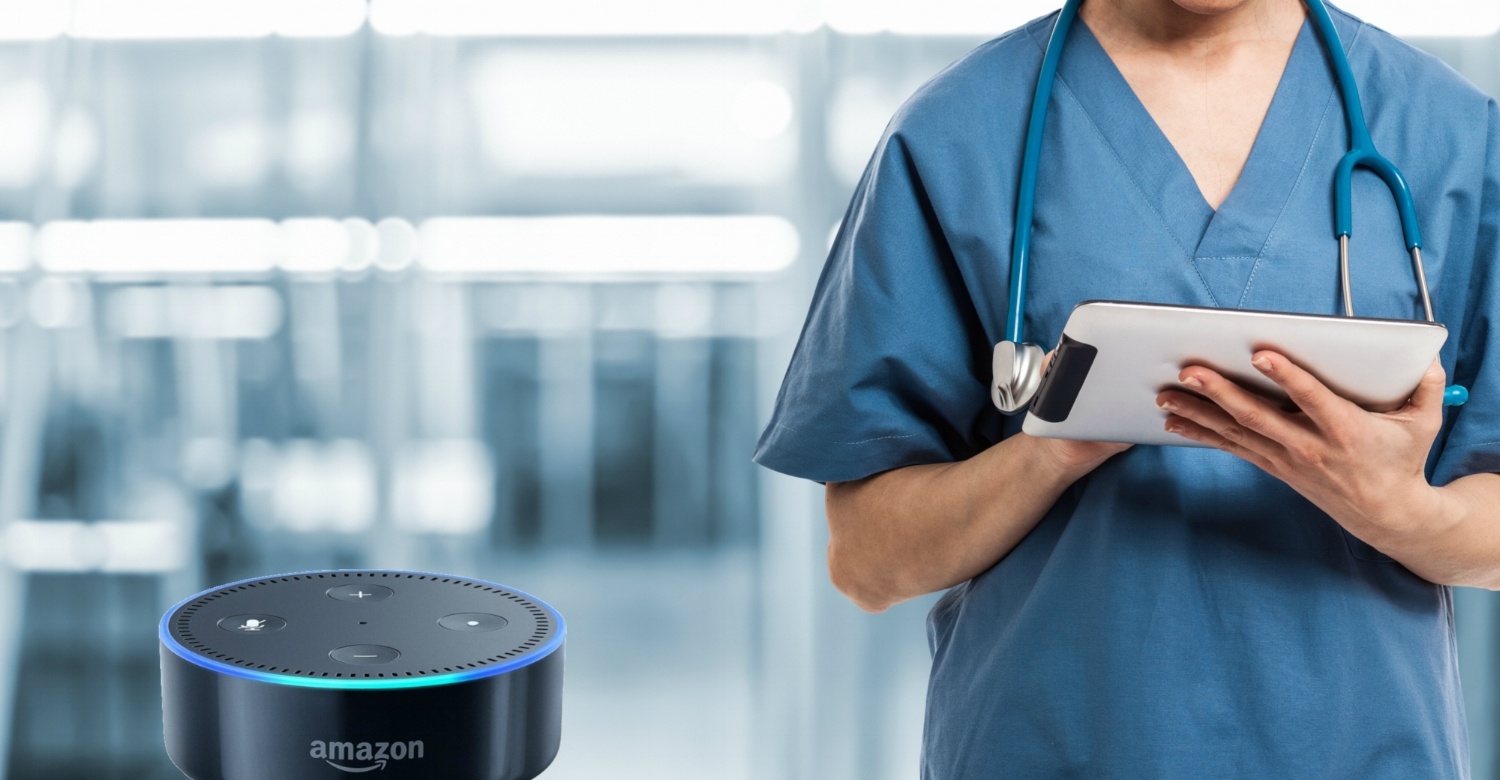
5 Applications of Voice Assistants in Healthcare
Previous blog posts have noted that voice is a natural interface for communicating our thoughts and ideas. Recent innovations have made voice an obvious choice for interacting with computers and the internet. For the elderly and people who have dexterity or sight issues, using voice removes a barrier to accessing these staples of everyday life. As you can imagine, these are the same people who may have more health concerns, be taking prescription medications, and may require more care than other people in the population. These people would benefit from using a voice assistant as a healthcare assistant. However, as you'll see, voice assistants can help a lot of people in a lot of situations.
Patient education
Perhaps the simplest and most obvious use for voice is to get answers to some common healthcare questions. For example, how to treat a bee sting. Companies like WebMD or the Mayo Clinic, which have this content available online already, are obvious content providers.
Another, more specific example would be to find answers to questions a person may have regarding a particular situation. For example, a person who has recently had joint replacement surgery may be unsure about when it is okay to take a bath. Using a voice assistant makes it extremely easy for him or her to find answers from carefully created content, alerting this person that a bath may increase the risk of infection at the incision site, a common concern for people who have had joint-replacement surgery. This readily available knowledge may avoid unnecessary doctor visits, hospital re-admittance, and expenditures.
The answers provided, of course, are not substitutes for advice from a doctor, but obvious answers and properly curated content could prove beneficial to all parties involved—patients, healthcare providers, and hospitals.
Adherence and compliance
Another example of where voice assistants can be useful is helping a patient to adhere to the medication routine prescribed to him or her by a doctor. By setting up mediation reminders using a skill, the patient can be reminded by his or her voice assistant that it is time to take a certain medication. The voice device can also remind the person what the required dose is.
Apart from this, the patient can also interact with a voice assistant to let it (and the skill associated with adherence monitoring) know that the medication or treatment has been taken or done. Again, because of the ease involved, a voice assistant can help a patient keep better records of when and how he or she takes medication. This data can then be presented to the patient’s doctor, allowing the physician to get a better picture of how a patient is doing, not only with his or her condition but also its treatment.
Coordination of care
For a patient who does not have an in-home caregiver, such as a spouse, it may be difficult to coordinate trips to doctors’ appointments, pick up a prescription, or even do some types of physical therapy that require assistance. An easily accessible care skill and a well-built care network may help ensure patients who live alone can alert loved ones if there has been an emergency or if they need help with grocery shopping or some other aspect of care.
Surveys
For a patient who is participating in clinical trials, it may be important for him or her to log specific information such as when the trial medication was taken, any side effects, or how the patient is feeling. Again, easy access to a skill with which he or she can complete a survey—even while doing something else like cooking a meal or washing the dishes—will increase the likelihood that the survey is completed. It may also result in answers that more accurately reflect reality since there are fewer barriers to providing this information.
Making voice assistants HIPAA complaint
Interacting with a voice assistant can raise some eyebrows about HIPAA compliance. However, developers can encrypt information entered into the skill through voice and then de-encrypt the data for any aggregation of information for a patient. This compiled data or the patient's record can also be encrypted when it is stored. For data that is collected as part of a larger population study, the data can be de-identified (scrubbed of anything that can tie it back to a specific patient) before it is aggregated. In short, any safeguards that are used to protect electronic patient data now can be applied to data collected through and stored in a voice assistant.
Voice is a natural choice for healthcare applications
Given the benefits voice provides to both patients and people who may have a major or minor medical issue as well as the safeguards to ensure privacy of patient data, voice is destined to become an essential and reliable piece of the larger healthcare environment.
Interested in learning more? Check out our free webinars about voice technologies.

